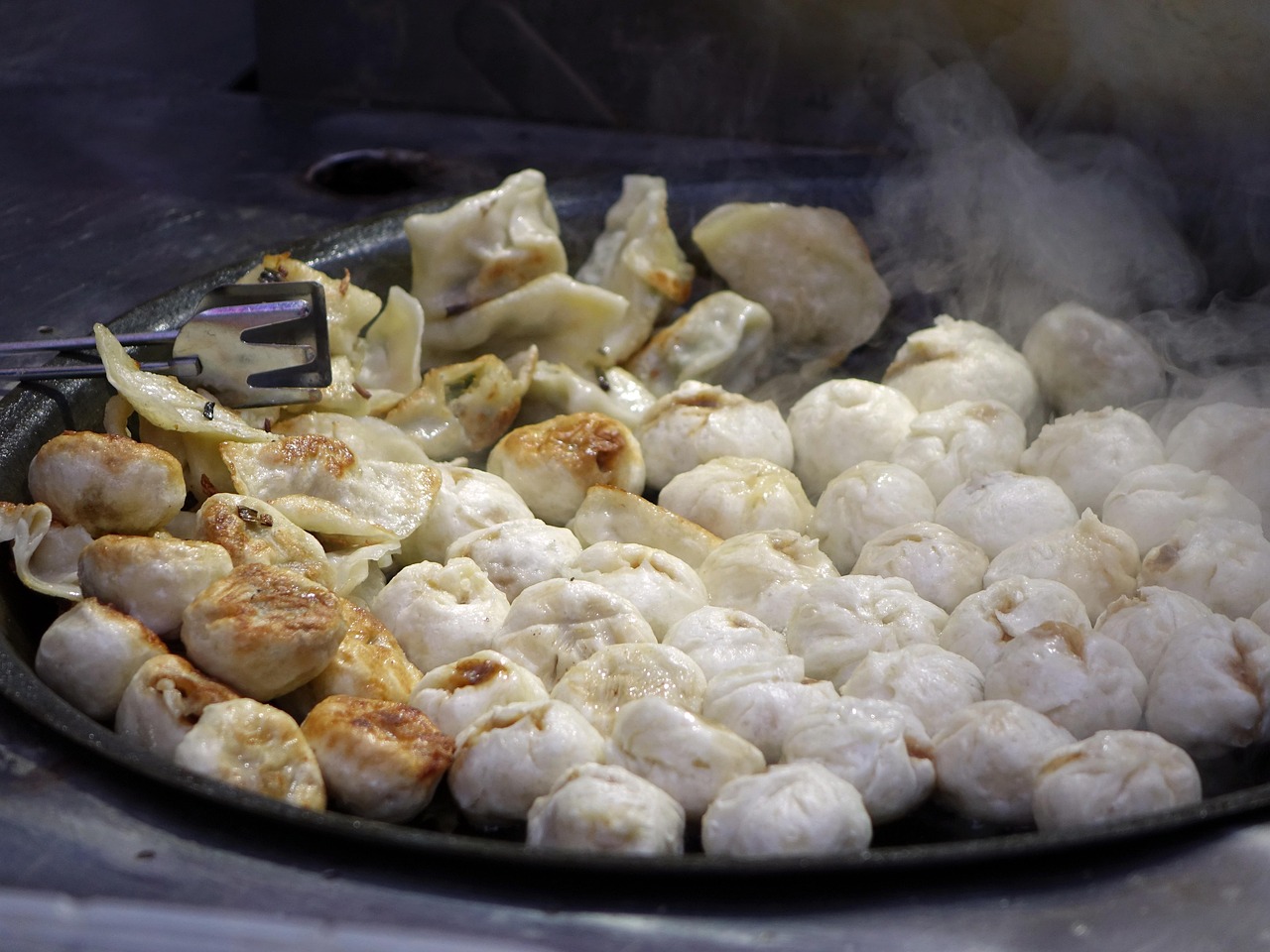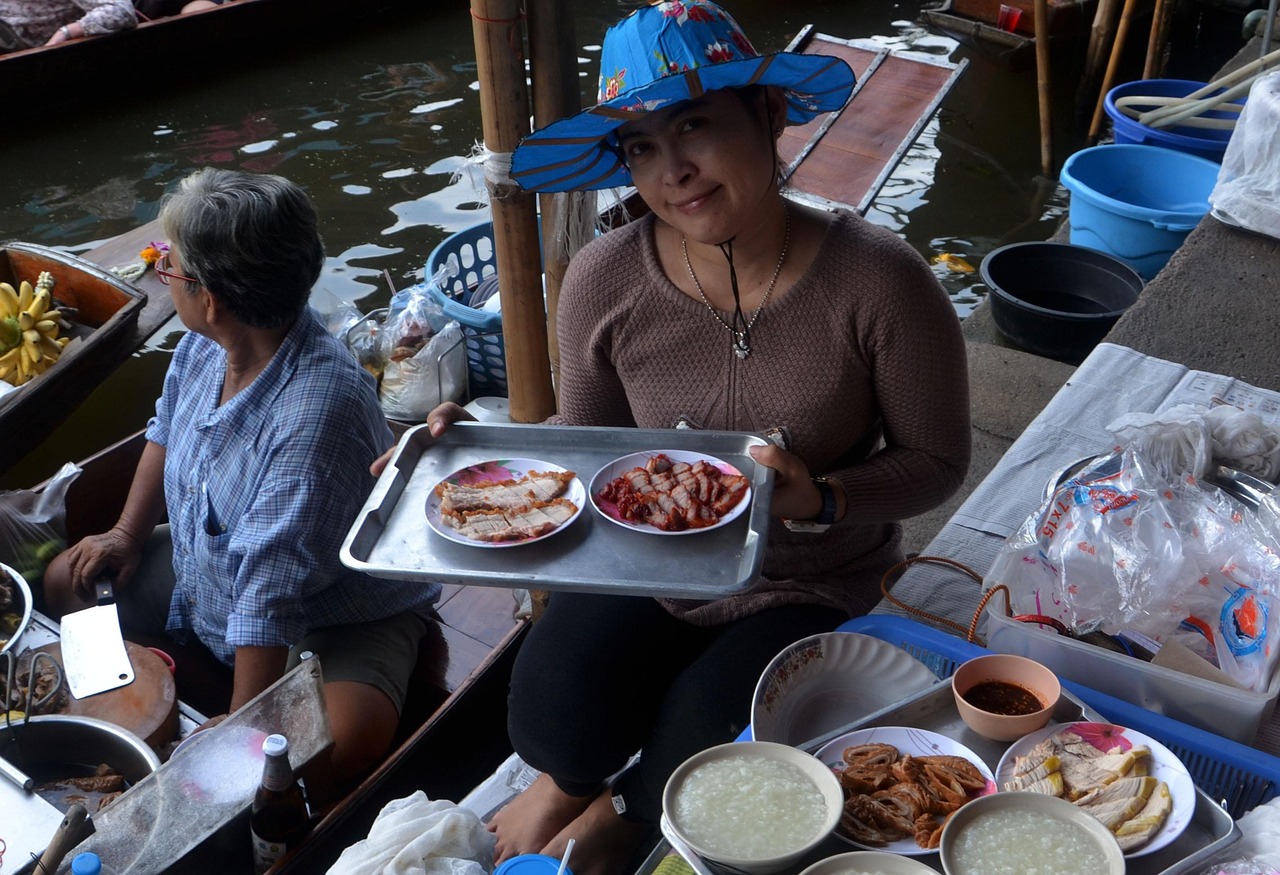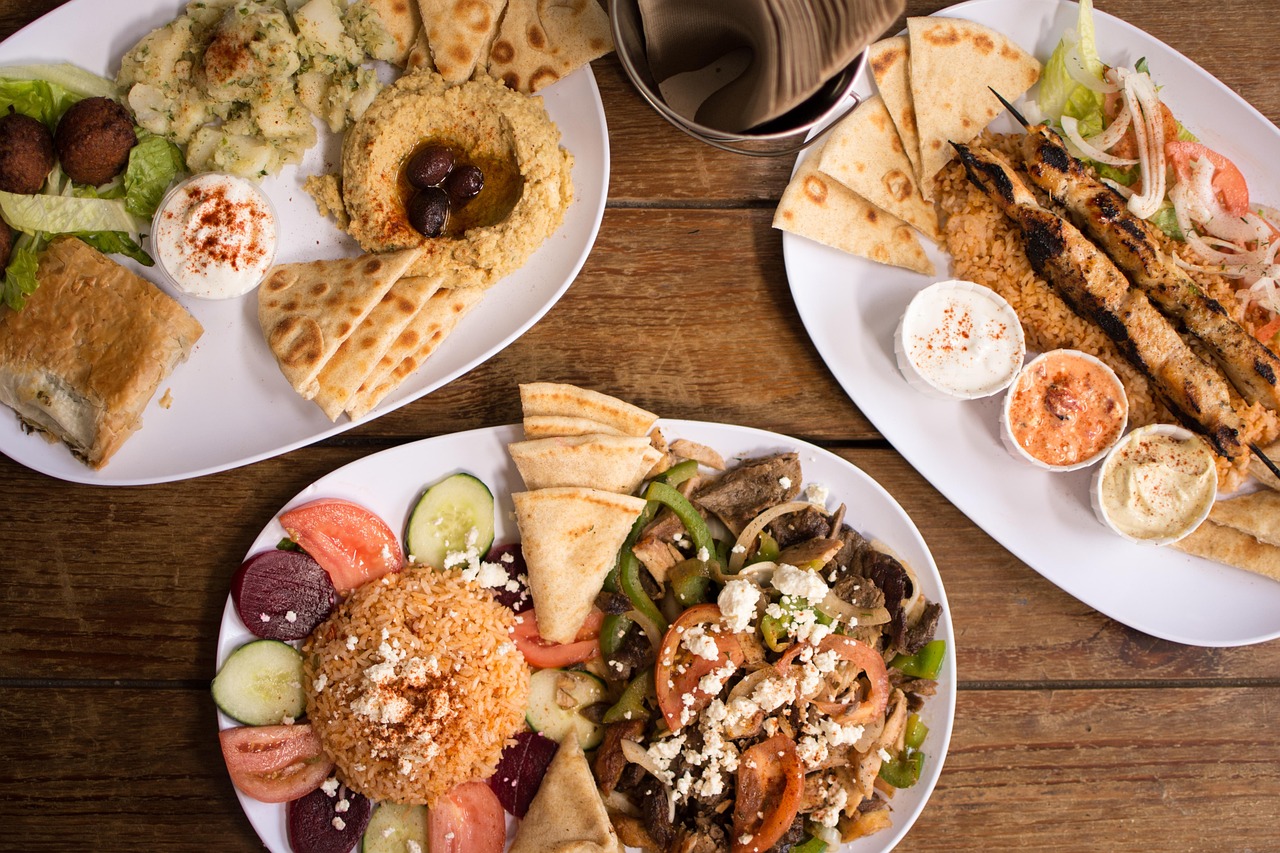Introduction
China, a land of diverse cultures and traditions, is also a paradise for food lovers. The Chinese culinary culture is as ancient as the civilization itself, with a history spanning thousands of years. It is a melting pot of flavors, techniques, and ingredients that vary from region to region, reflecting the country's vast geography and the diverse lifestyles of its people. This essay aims to provide an overview of the Chinese food culture, its regional variations, and the significance of food in Chinese society.
The Philosophy of Chinese Cuisine
At the heart of Chinese cuisine lies the philosophy of balance. This is not only about the balance of flavors—sweet, sour, bitter, spicy, and salty—but also the balance of colors, textures, and temperatures. Chinese cooking emphasizes the harmony of yin and yang, which is reflected in the use of ingredients that are believed to have cooling or warming properties. This holistic approach to food is deeply rooted in traditional Chinese medicine and the belief that food can be used to maintain health and well-being.
Regional Variations
China's vastness is mirrored in its cuisine, which is divided into several regional styles, each with its own unique characteristics:
-
Sichuan Cuisine: Known for its bold flavors and the extensive use of chili peppers and Sichuan peppercorns, Sichuan cuisine is famous for its "numbing and spicy" taste. Dishes like Mapo Tofu and Kung Pao Chicken have gained international recognition.
-
Cantonese Cuisine: Originating from the Guangdong province, Cantonese food is light and注重 freshness. It is known for its dim sum, which includes a variety of small, bite-sized dishes served in steamer baskets or on small plates.

-
Shanghai Cuisine: Also known as Hu cuisine, Shanghai food is characterized by its sweet and sour flavors. Classic dishes include Xiaolongbao (soup dumplings) and Dongpo Pork.
-
Beijing Cuisine: With a focus on simplicity and authenticity, Beijing cuisine features dishes like Peking Duck, which is considered a national dish of China.
-
Hunan Cuisine: Similar to Sichuan cuisine in its use of spicy flavors, Hunan cuisine is known for its emphasis on sour and spicy tastes. Dishes like Steamed Fish Head with Diced Hot Red Peppers are iconic.
-
Shandong Cuisine: Known for its seafood and use of vinegar, Shandong cuisine is one of the oldest in China and is known for dishes like Beggar's Chicken.
The Art of Cooking
Chinese cooking is an art form that requires skill, patience, and a deep understanding of the ingredients. Techniques such as stir-frying, steaming, braising, and deep-frying are common. The use of knives is also an art in itself, with chefs trained to cut ingredients in specific ways to enhance their texture and flavor.
Chinese cuisine also places a high value on presentation. Dishes are often arranged in a way that is visually appealing, with attention to color, shape, and arrangement. This is part of the overall dining experience, which is meant to be a feast for all the senses.
The Role of Rice and Noodles
Rice is a staple in Chinese cuisine, particularly in the southern regions where it is the main source of carbohydrates. It is served in various forms, from plain steamed rice to more complex dishes like fried rice. Noodles, too, play a significant role, with different types and preparations across regions. For example, hand-pulled noodles in Lanzhou, rice noodles in Guangdong, and wheat-based noodles in the north are all integral parts of local diets.
Tea Culture
Tea is not just a beverage in China; it is a culture. The Chinese tea culture is steeped in history and tradition, with various types of tea, such as green, black, oolong, and pu-erh, each with its own unique brewing method and ceremony. Tea is often served with meals and is considered an essential part of the dining experience.
Festival Foods and Symbolism
Food plays a central role in Chinese festivals and celebrations. During the Lunar New Year, dumplings symbolize wealth and prosperity, while rice cakes represent a higher income in the coming year. The Mid-Autumn Festival is marked by the sharing of mooncakes, which are round pastries filled with sweet or savory ingredients, symbolizing unity and togetherness.
The Influence of Chinese Cuisine Worldwide
Chinese food has become a global phenomenon, with Chinese restaurants found in almost every corner of the world. While the dishes served abroad may not always be authentic, they have introduced many people to the flavors and techniques of Chinese cuisine. This has led to a growing interest in learning more about the traditional dishes and the culture behind them.
Conclusion
The Chinese culinary culture is a testament to the country's rich history and the ingenuity of its people. It is a cuisine that has evolved over millennia, adapting to changes in society, technology, and taste. As we explore the diverse flavors and techniques of Chinese cooking, we gain a deeper understanding of the country's culture and the importance of food in the lives of its people. Whether it's the artful presentation of a dish, the careful balance of flavors, or the shared experience of a meal, Chinese cuisine is more than just food—it is a way of life.











